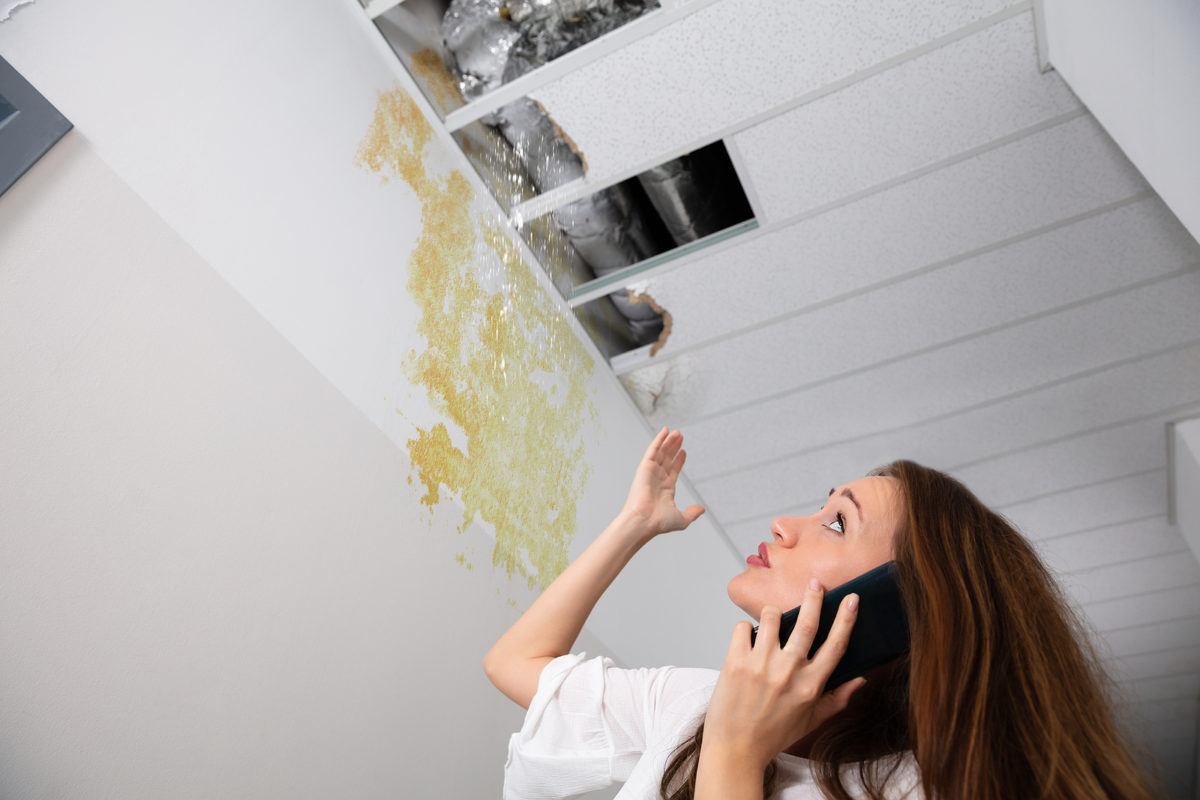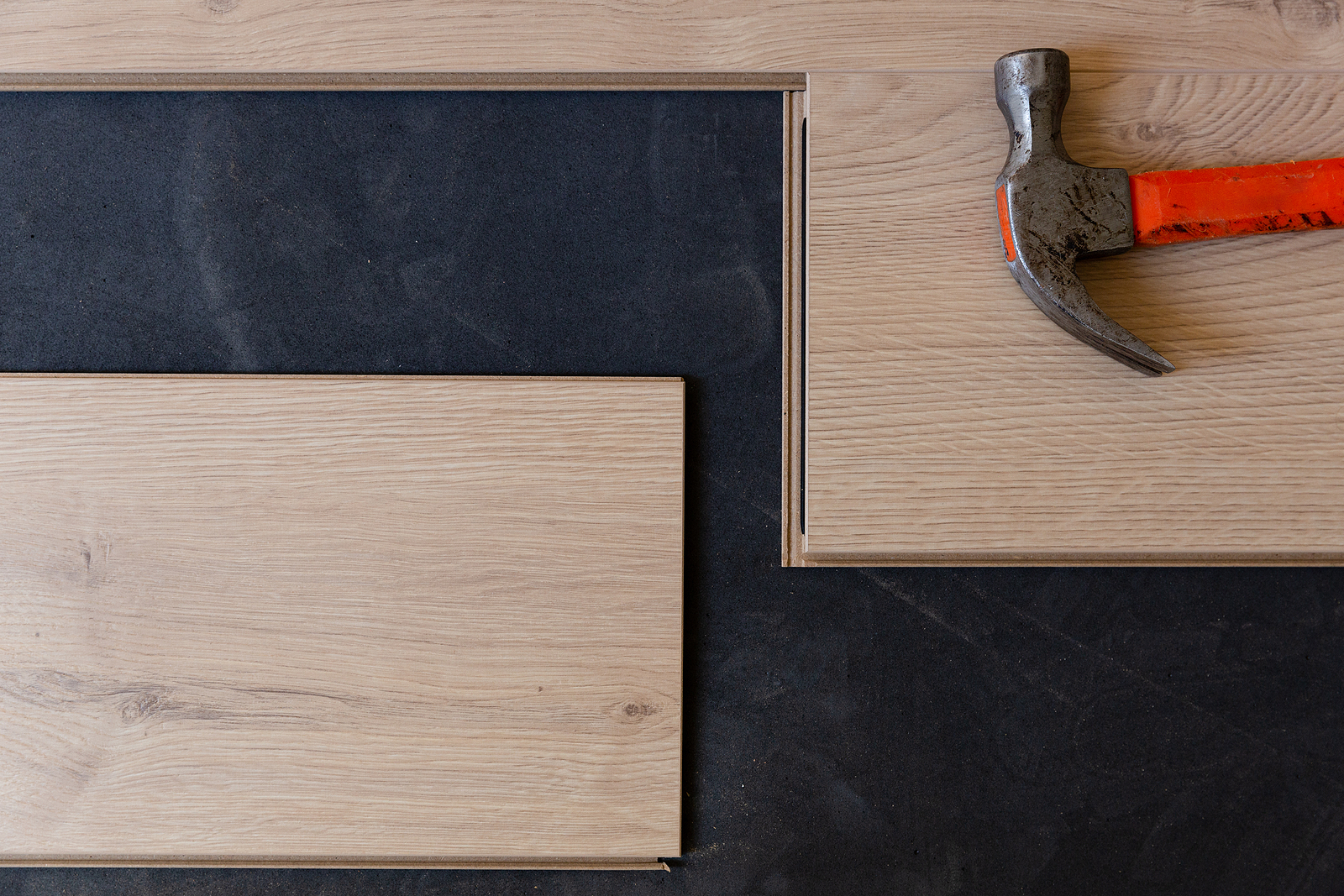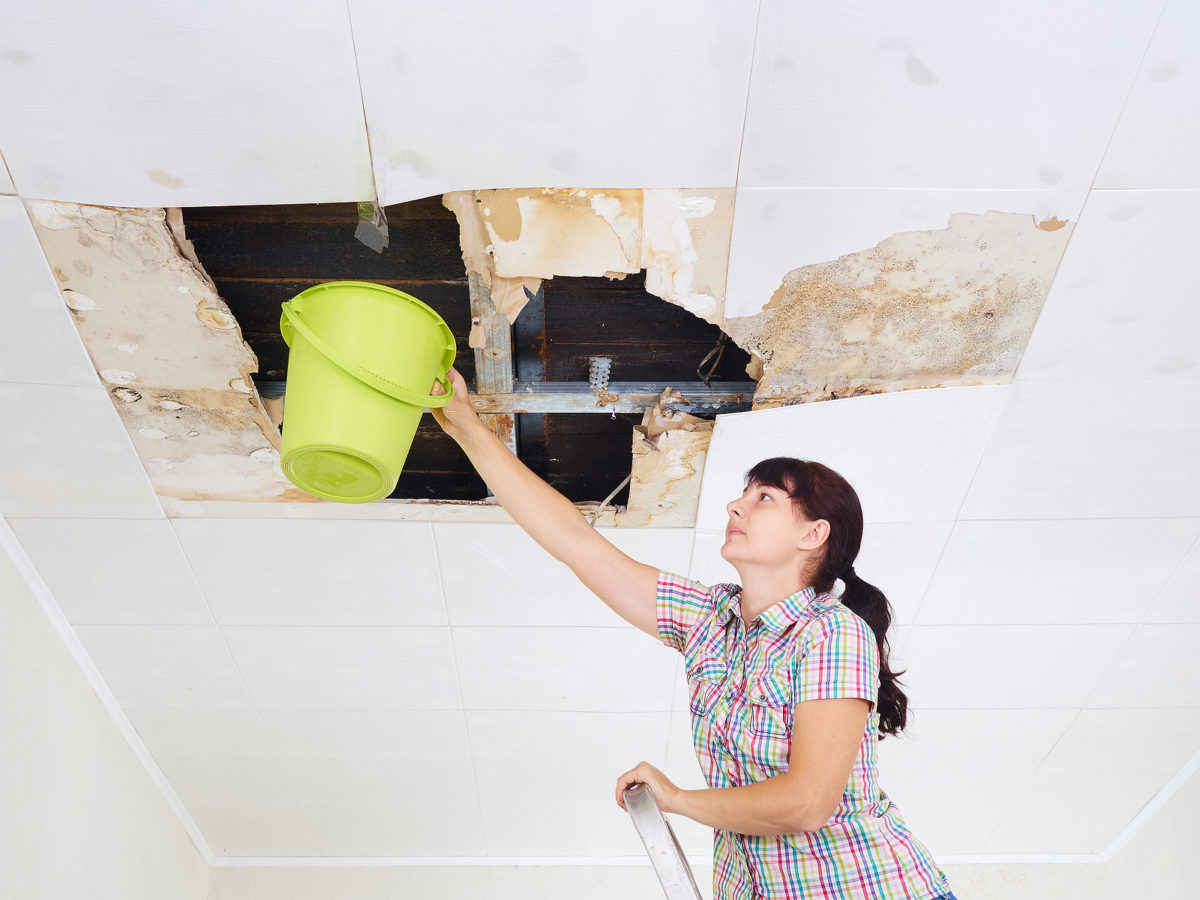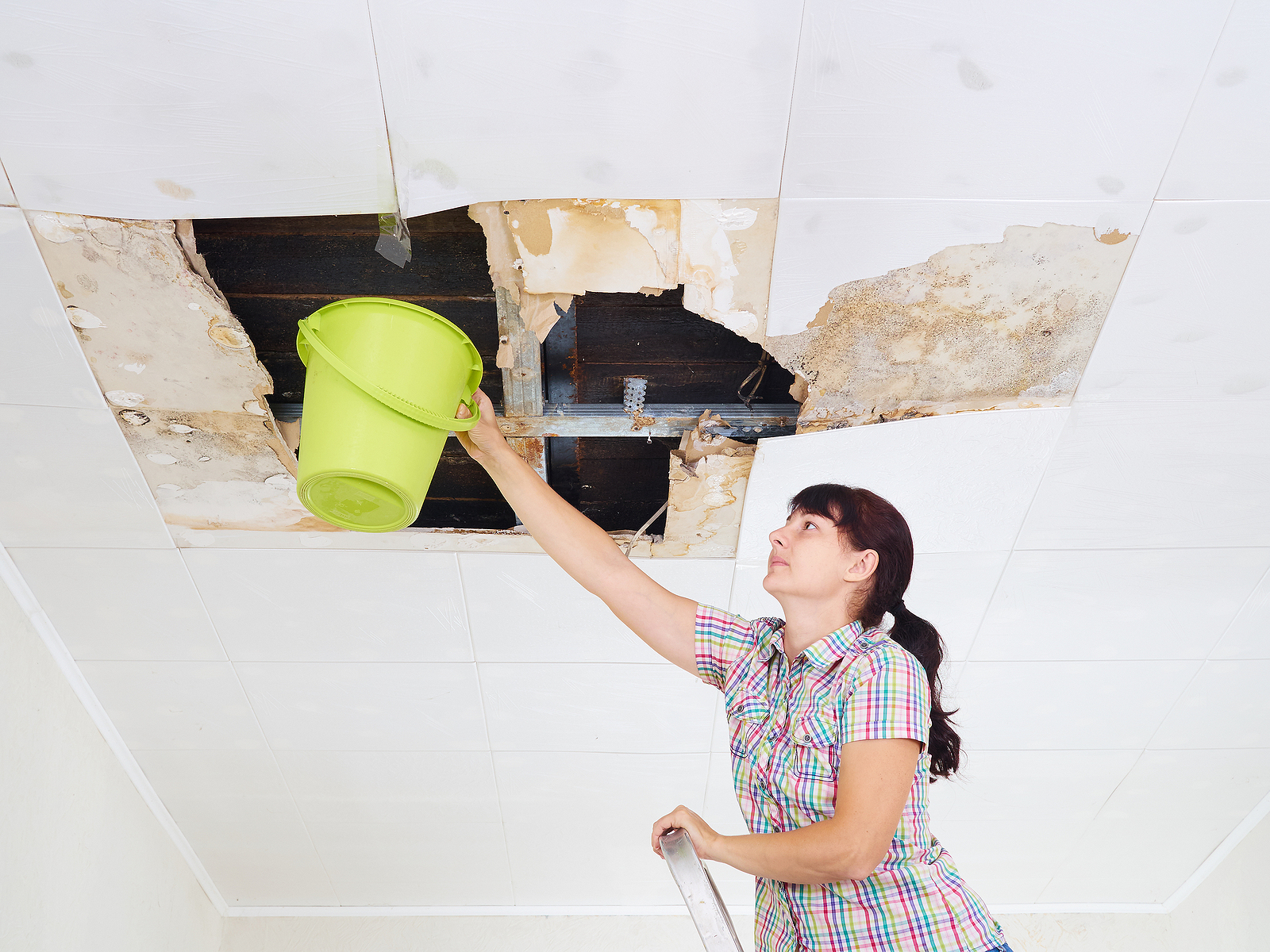There are Halloween folks and then there are those among us who can take it or leave it. Oh, and a handful of downright scrooges who despise the holiday. Those are the people who don’t buy candy, don’t put pumpkins out and refuse to turn on the porch light.
The latter are the ones who so hope that the holiday is cancelled this year, because of the pandemic.
Guess what? Halloween 2020 is on
Yes, we need to be a bit more creative and a lot more cautious, but Halloween is alive and well, despite COVID-19.
How to celebrate Halloween safely
The Hershey Company and The Halloween and Costume Association have partnered to provide Halloween safety guidelines. Head over to Halloween2020.org. There you will find a map, color-coded by a county’s COVID risk level.
Once you know your county’s color, you are then invited to read a list of safe Halloween practices in your area.
Most counties in the U.S., by the way, are in the “yellow,” or moderate risk category.
Naturally, if you or a family member are in a high-risk category, such as the elderly and those with pre-existing conditions or compromised immune systems, you should stay home and not risk your health.
The Centers for Disease Control (CDC) has released its suggestions for keeping safe during the fall holidays, such as Thanksgiving, Rosh Hashanah, Yom Kippur and, yes, Halloween.
The safety guidelines presented by Hershey and the Halloween and Costume Association are based on the CDC’s guidelines.
Tips on celebrating according to your “risk zone”
In any of the zones, if you decide to throw caution to the wind and head out into the night to get your share of candy, look for the official Safehouse certificate on homes.
“These are the folks that will have a table or sanitized barrier to help you maintain a safe distance as you grab your goodies!
Watch for 6-foot markers in front of homes and in driveways, that’s a great sign that those folks are going the extra mile to help keep you healthy!”
Green Zone
Counties in green zones have the lowest incidence of COVID-19 infections and the recommendations for Halloween celebrations include Trunk-R-Treat.
“It’s not just for parking lots anymore! Neighborhood Trunk-R-Treats will be popping up everywhere this Halloween to help minimize the close quarters of pathways and porches.”
The same goes for the Garage Trick or Treat. “Check out the neighbors that are going all out and paving the way for garage give-outs. Driveways offer up more room to roam than a traditional walkway and can even sport more fun and frightful décor.”
Consider an outdoor (front yard or cul-de-sac) costume party. “…just don’t forget the strategically spaced seating, full moon music and bucketloads of candy!”
Yellow Zone
You’ll need to pay a bit more attention to safety measures if you’ll be trick-or-treating in a yellow zone.
We like the “reverse trick-or-treat” suggestion where the kids, in their costumes, stand in their front yards while the grown-folk neighbors do the walking from house-to-house, handing out the goodies.
Orange zone
The reverse trick-or-treat is also suggested for those in orange zones. Or, load your costumed kids into the car and drive to friends and family and exchange candy.
This one takes a bit of planning and coordinating with neighbors, but it sounds so fun. Create a trick-or-treat treasure map to where the goodies are hidden around your home or neighborhood.
Or, make it HallowEaster and skip the map. Hide the treats in orange and black plastic eggs (maybe even paint them with glow-in-the-dark paint) and let the kids loose to find them.
Naturally you’ll want to ensure that social distancing guidelines are in place.
Red zone
The experts suggest that “At-home celebrations are safest for red zones.”
- Backyard movie night with your closest friends and family
- Zoom party—This one can be organized via the NextDoor app. Put the idea out there and you’ll be surprised how many of your neighbors want to participate. Feature “games, scary stories and a costume contest. Goodie bags and candy buckets can be dropped off on doorsteps in advance or porch pickups can be arranged from one location.”
- House scavenger hunt—Transform each room of the house into a theme room, then “… send the kids on a scavenger hunt for fun swag. Hide candy, toys and prizes or even make some gift certificates to stay up late, choose the movie or eat an extra piece of candy.”
- Family movie or game night with a twist—at the conclusion, hang a piñata and let the kids go wild getting at the goodies inside.
Halloween 2020 will be different, and in more ways than we’ve mentioned. We’ll enjoy the second full moon of the month (known as a “blue moon”). and it also leads us into the end of daylight savings time
However you choose to celebrate, we hope you stay safe and healthy.



















